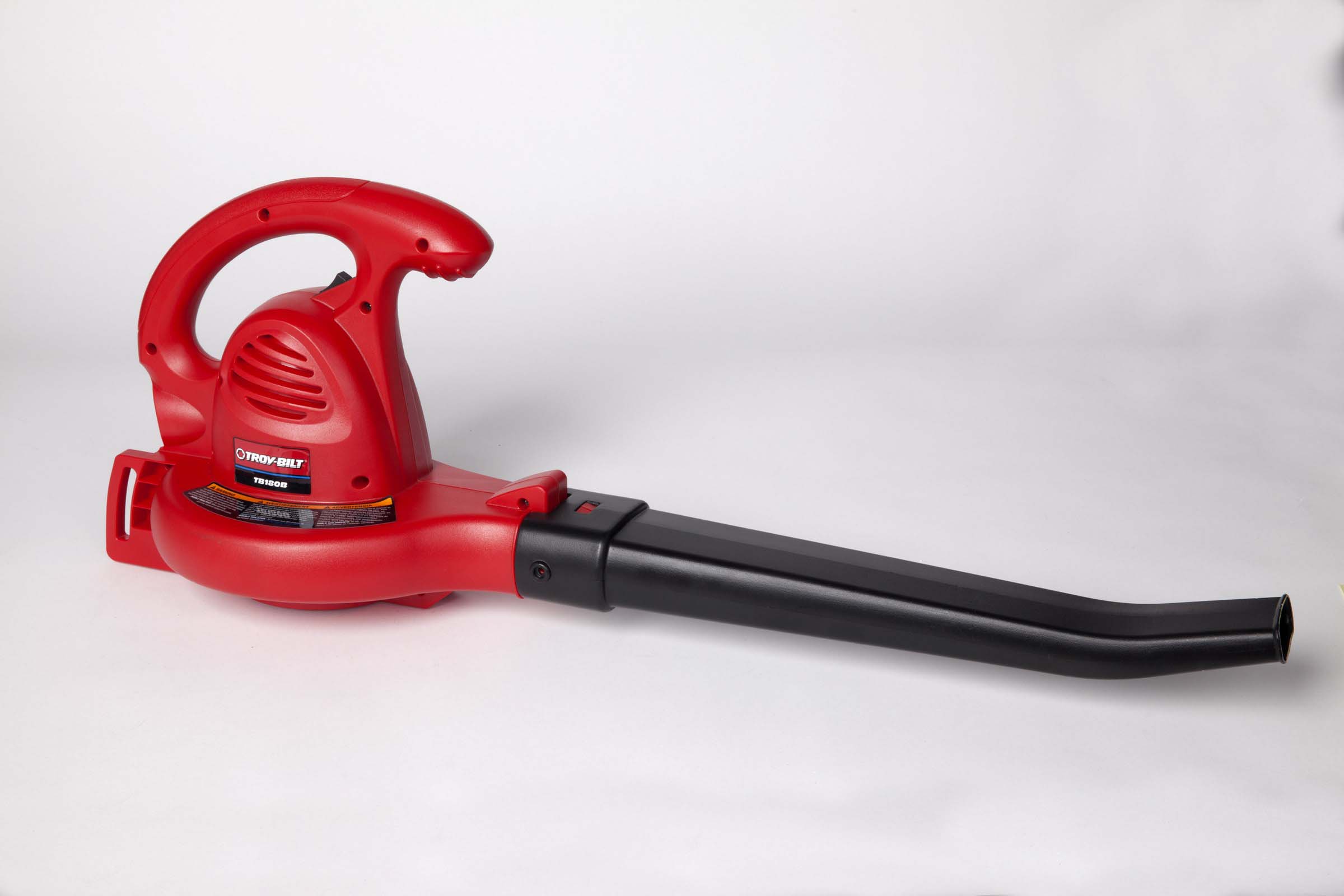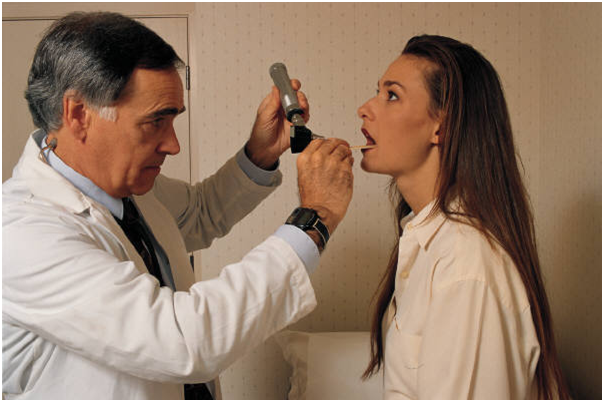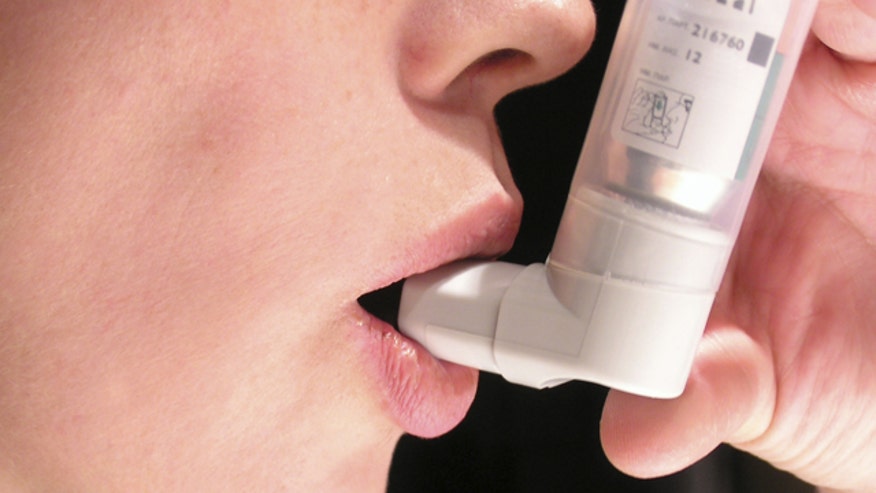When vetting a home for a parent, look out for these red flags.
By Geoff Williams May 7, 2014 USNews.com

Throughout last summer and most of the fall, Barry Maher, a motivational speaker and author in Corona, California, and his five siblings were on a mission to find the best nursing home for their 91-year-old mother, who has Alzheimer's.
"That's six siblings flying into the Boston area at various times from all over the country, checking out perhaps 40 different places, and a constant stream of phone calls and emails among us," Maher says. "It was even more traumatic and disruptive than the experts we talked to told us it would be. Aside from a death in the family, it was perhaps the most traumatic thing we've ever gone through."
Like Maher, many people find the search for a nursing home for a parent to be gut-wrenching. There are plenty of safe, ethical nursing and retirement homes and assisted-living communities, but there are also ample awful ones. Horror stories abound of elder abuse and neglect in nursing homes. In recent years, a few homes throughout the country have been cited by public health officials because family members found their parents – usually Alzheimer's victims – with maggots somewhere on their body, often in a wound.
Because nursing homes are expensive, not everyone can afford to live in the best facility. According the annual Genworth 2014 Cost of Care Survey, which included over 14,800 care providers, the median annual rate of a private room in a nursing home is $87,600.
But if you want to avoid the worst of the worst nursing homes, what should you look for? Here are five red flags.
A history of violations. Nursing homes are highly regulated by public and private agencies at the state and federal levels, but there are plenty of bad players in the industry. The good news is that if you do some research online, it's easy to find out if a home has a reputation for substandard care.
Medicare.gov is a great place to start. It has a search tool that allows you to type in a ZIP code and compare nursing homes in that area. Medicare’s star ratings take into account factors like health inspections and staffing, and if you don't see many stars, keep clicking to read why in the nursing home’s full report.
U.S. News’s Best Nursing Homes 2014 features a search engine and ratings for some 16,000 nursing homes nationwide along with information on care, safety, health inspections and staffing for each facility. Overall ratings of one to five stars are assigned based on how the nursing home stacks up in three categories: state-conducted health inspections, how much time nurses spend with residents and the quality of medical care.
ProPublica, an independent, nonprofit news operation, also offers a comprehensive search engine and allows users to compare nursing homes based on deficiencies cited by regulators and penalties imposed within the past three years. If you have concerns about sexual abuse, for example, you can type the terms in the keyword search and pull up nursing homes cited in a state report in which those words are mentioned.
You can also search online for reviews and complaints about nursing homes you are considering. SeniorAdvisor.com is one site that lists reviews of thousands of nursing homes throughout the country.
Assisted-living facilities are regulated on a state but not federal level, although not every state checks them out equally. Some states, in fact, can't fine an assisted living center if a violation is discovered. A Place for Mom, a national senior living referral service, offers an online state guide to assisted living records and reports. If your state has filed a report on an assisted living community you're interested in, it should be here.
A number of severe violations. "The key is quantity versus severity," says Diana Pelella, a senior living advisor with A Place for Mom.
"A community could have one violation for someone wandering off campus, which is a highly dangerous scenario, compared with another community that has 10 violations for soap dispensers not being the correct distance from the floor," Pelella says. "Or they could be cited for cobwebs in the basement.”
She adds that prospective residents and their families have every right to review these records, but it’s important to put violations into perspective. If a community does have violations, Pelella says you should ask what was done to rectify the infractions.
High staff turnover. If a nursing home is a revolving door for staff members, that could be a telling sign, according to Pelella. "For example, I work with a community that is not overly fancy, but some of the key staff members have been there for 15 to 20 years," she says.
Pelella adds: "Check for the interactions between residents and staff – do they call residents by name? Do the residents look comfortable? Does the staff seem happy or discontent? How are staff and residents groomed?"
The residents lack independence. If your parent has Alzheimer's or dementia, you don't want him or her wandering in and out of the facility. But you don't want your parent in a prison, either.
According to Tamar Shovali, assistant professor of human development at Eckerd College in St. Petersburg, Florida, "there are several studies where researchers concluded that nursing home residents have greater well-being when they are able to make decisions about their environment than when the staff made decisions for them."
So if you see personal touches in residents’ rooms, such as photos or decorations on the wall, that could be a good sign. "Some nursing homes do ban wall hangings," Shovali says.
She adds that the nursing home’s environment and the resident's abilities should be a good fit. "For example, when you visit a nursing home, you should expect to see that libraries or game rooms in the facility have placed the books and games at a level accessible to individuals in wheelchairs," Shovali says.
It's also a plus if the retirement home doesn't use “elderspeak,” Shovali notes, citing phrases like, "Why don't we take a bath?" and "Let's eat our food now," and words like "honey" and "dearie."
"In a good nursing home, you would see staff communicating with residents in the way you would prefer and not talking down to them," Shovali says.
You feel uneasy in your gut. Sometimes, you just know when a nursing home isn't the place for your parent, says Michael Schulman, a member of the elder planning task force for the American Institute of Certified Personal Accountants.
"Is the place neat and orderly? Is the staff dressed cleanly and neatly?" Schulman asks. "Do they show respect to the residents? Are they wheeled around? How does the place smell? First impressions do make a big deal."
He even suggests checking the second floor if there is one. "Sometimes that's where they put the residents they don't want you to see," Schulman says.
In other words, if the place gives you the heebie-jeebies, it’s best to trust your instincts and try somewhere else.
Are you in need of a
Michigan Nursing Home Abuse Lawyer?
read our
nursing home abuse reference guide.


















